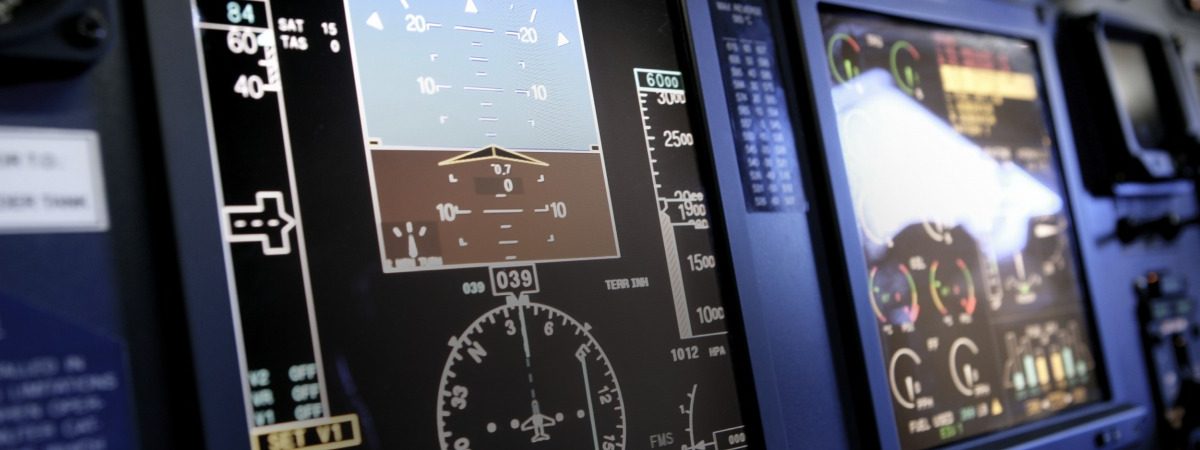Manufacturers Moving to Meet Upcoming ADS-B Out Requirements
Aircraft manufacturers are preparing to meet upcoming ADS-B Out mandates such as the 2020 European Aviation Safety Agency (EASA) deadline for all aircraft with a maximum cruise speed of over 250kts or take-off weight of over 12,566lb.
EASA says such aircraft must have ADS-B Out installed by 7 June 2020. It argues that ADS-B will allow air traffic controllers to provide safer aircraft separations, as well as more efficient routings, resulting in a reduced environmental footprint.
ADS-B, or Automatic Dependent Surveillance-Broadcast, is a system of broadcasting without the need for action from a pilot or any request from air traffic control.
It provides an enhanced set of aircraft surveillance data to air traffic management. Aircraft equipped for ADS-B are fitted with a transponder, which can then be detected by ground-based surveillance systems. This system significantly improves the accuracy of data on flying parameters – position, track, speed, etc. – as compared to that from existing land-based radars.
Smart Aviation APAC spoke to Steffen Gemsa, a test pilot for RUAG MRO International’s Dornier 228NG, who says RUAG recently developed a supplemental type certificate (STC) for the aircraft which equips it with ADS-B Out. This ensures the Dornier 228NG meets upcoming EASA requirements.
He says ADS-B Out is streamlined with Mode S enhanced surveillance (EHS) and elementary surveillance (ELS) parameters all in the same cockpit. This is because the aircraft’s existing glass cockpit was designed with information fusion in mind, allowing pilots to access information quickly and navigate airspace safely, he adds.
“Some operators think that ADS-B is not essential because only certain jurisdictions require it. But the equipment will quickly become expected by not just air traffic control, but also other pilots in the airspace,” says Gemsa, referring to how pilots can use ADS-B data to track the location of other aircraft in the shared airspace in the future.

